Curse of the Dead Gods is an action roguelike game where you’re delving deep into temples. With rooms filled with traps and enemies (and RNG factors to consider), you’re going to need to do everything you can to survive. Here’s our beginner’s guide with several general gameplay tips to help you out.
Note: For more information, check out our Curse of the Dead Gods guides and features hub.
Curse of the Dead Gods: Beginner’s guide and general tips for the intrepid explorer
Checking the map
You’ll find that Curse of the Dead Gods’ map reveals what kind of rewards you’ll get in each room. This allows you to strategize and plan ahead.
Let’s say you don’t like your initial set of weapons, well, you can get new ones if you pick a room with weapons as a reward.
Attributes and relics
Curse of the Dead Gods has what some might call a color-coding scheme when it comes to its temples, deities, and attributes. Still, when it comes to attributes, here’s the gist:
- Constitution (red) – Increases your max HP; +50 HP each point constitution.
- Dexterity (blue) – Increases your damage; +5% damage each point of dexterity.
- Perception (green) – Increases your magic find (drop chance of gold and gear); +5% each point of perception.
- There is no attribute that governs defense.
- Attribute points revert back to zero at the end of a run.
As for relics, these are accessories that can come from enemies or as rewards from altars. These always provide you with a particular benefit.
You have only six relic slots, so use them well and try to find synergy with your attributes, weapons, and preferred playstyle.
Altar offerings: Gold vs. Blood
If the room’s reward is an attribute boost, weapon, upgrade, or relic, then you’re likely to stumble upon an altar. As with other games (i.e., Hades), the most common way of obtaining a reward is by “offering gold.”
But, if you’re low on gold, you can present a “blood offering” instead. This will cause your corruption to increase based on the given value, which brings me to my next point.
Corruption and curses
The corruption meter at the lower-right corner of your HUD has a maximum of 100 points. It increases through the following incidents or actions:
- Each room you enter adds +20 corruption (or +30 at later stages of the game).
- Some enemy attacks will add varying amounts of corruption. In general, these are usually purple-colored abilities or spells.
- A “blood offering” to obtain a reward adds corruption based on the value of that reward.
When it’s filled up, you’ll get afflicted with a random curse upon entering the next room. Curses tend to be detrimental, forcing you to adapt your strategy accordingly. However, there might be a few tradeoffs (or even an opportunity to experiment with certain perks).
Anyway, the corruption meter continues to be filled even after the first curse all the way until you reach the fourth. Past this point, should your corruption meter reach 100 points again, you’ll get “Xbeltz’aloc’s Truth.” This is the fifth curse and it’s no longer random. Instead, you’ll simply lose HP until you’re left with a single point. Needless to say, you don’t want to make things too hectic for you.
Thankfully, there are a few ways to help you manage corruption and curses. These include weapon perks, relics, or trashing your loot.
Trashing your loot
No item should ever go to waste during your treks. If you don’t need a particular drop from a mob, you can offer it to the gods. This could net you certain benefits such as healing, an increase to an attribute, or even a reduction to the corruption you’ve earned for a particular threshold. You won’t actually get to remove a curse completely this way (the only way to do that is by defeating a temple’s champion).
Light vs. dark
Regarding general exploration and combat in Curse of the Dead Gods, make sure you have your torch handy. Your torch should be equipped while running through hallways so you can spot traps. Likewise, use it to light braziers in rooms with enemies. If ever the room is shrouded in darkness, traps will remain invisible, and you’ll even take +50% damage from enemy attacks.
Weapon choices
If you just started Curse of the Dead Gods, then your character will be armed with only a sword and a pistol. Eventually, you might see a two-hand weapon. This is the game’s equipment system where you’ll be able to swap among different types of gear (i.e., your torch, your main-hand weapon, your secondary/off-hand weapon, and a two-handed weapon).
Later, you’ll acquire resources called crystal skulls and jade rings. The former drops from mobs and bosses, and it’s used to unlock permanent blessings (perks) and weapon altars (a selection of weapons for you to bring at the start of your run). The latter, meanwhile, only drops from boss-type enemies, and it unlocks different types of gear that could pop up during your runs.
Dodging, parrying, and greed kills
I mentioned Hades earlier due to Curse of the Dead Gods‘ similarities when it comes to dungeon delves and reward rooms. However, combat is more akin to Souls-like titles. By that, I mean you’ll be using stamina to dodge and parry. Dodging just before an opponent lands an attack (i.e., a perfect dodge) replenishes one stamina pip. Parrying, meanwhile, replenishes two pips. Parries, likewise, stun enemies around you.
Most attacks can be parried, and you’ll need to watch out for the enemy’s red glow as its “tell.” Of course, there are some key differences with timing and attack animations, so make sure to practice.
As for greed kills, this is a counter that lasts as long as you’re defeating more mobs while avoiding any hits. A higher greed kill-count provides you with more gold from foes.
Use a controller
I kid you not, but the game does recommend using a gamepad while playing. To be clear, I tried using a mouse and keyboard during my first few hours while reviewing the game. Unfortunately, the setup was so hard to get used to. I was missing so many hits and slashing empty air like a goof. Then, when I used my controller, everything felt more fluid and responsive.
Using traps, kiting enemies, and clearing rooms
In certain rooms, there might be enemies that’ll spawn in waves. As such, you’ll need to eliminate all of them to reach the next area or the exit. Then again, there are some rooms where enemies are already present, and they’re clustered in groups. It’s possible to lure some of them (i.e., going closer or using a ranged weapon). This allows you to eliminate one cluster of mobs to unlock the next area without having to clear the entire room.
Moreover, you can consider using traps and environmental hazards to defeat hostiles. It’s possible to kite mobs, and they’d get blown up by barrels, zapped by electric orbs, or pierced by spearmen statues.
Progression, blood emblems, and “unique try” events
Curse of the Dead Gods has three temples: Jaguar, Eagle, and Serpent. Here are the basics:
- Tier 1 (for each temple) – One champion (miniboss) and nine rooms in total.
- Tier 2 – Two champions and eight rooms each section for a total of 16 rooms.
- Tier 3 – Two champions, the temple’s avatar (boss), and seven rooms each section for a total of 21 rooms.
As you complete each temple/tier, you’ll obtain blood emblems. These are basically “gatekeepers” that denote your progress, so higher tiers can only be reached if you’ve done successful runs.
Regarding tier 4, the final temple, this has 24 rooms in total. Each section (with eight rooms) is defended by an avatar from the game’s three other temples. Two champions are present in each section, though you might not encounter them in case you chose branching paths.
After defeating the boss, you’ll unlock the “hard explorations” mode. It presents you with your usual temple runs, except mobs are tougher, healing fountains are fewer, corruption ticks higher, and the damage you take is greater.
Note: There are also limited-time “unique try” events that are made available each day. There are special rules and mechanics for these, and a nifty reward. But, you’re only allowed one try.
Curse of the Dead Gods is available via Steam. For more information, check out our guides and features hub.

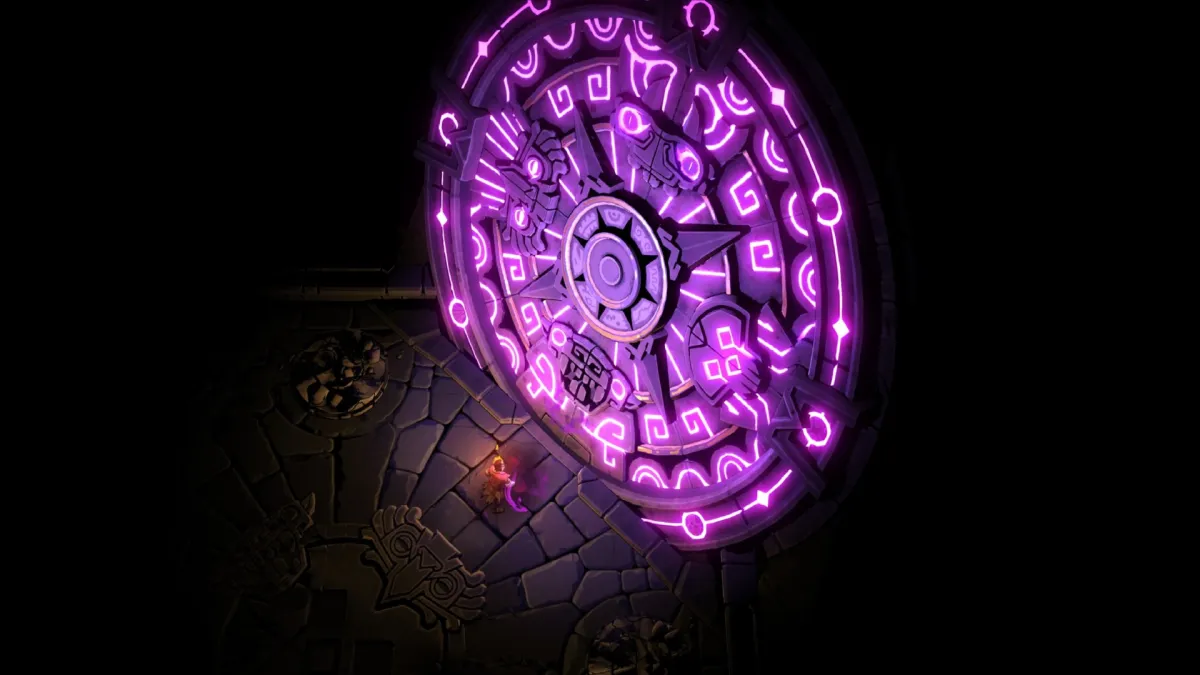
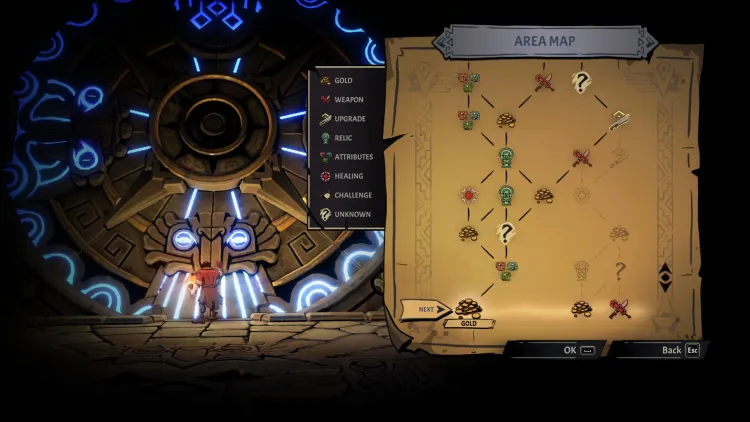
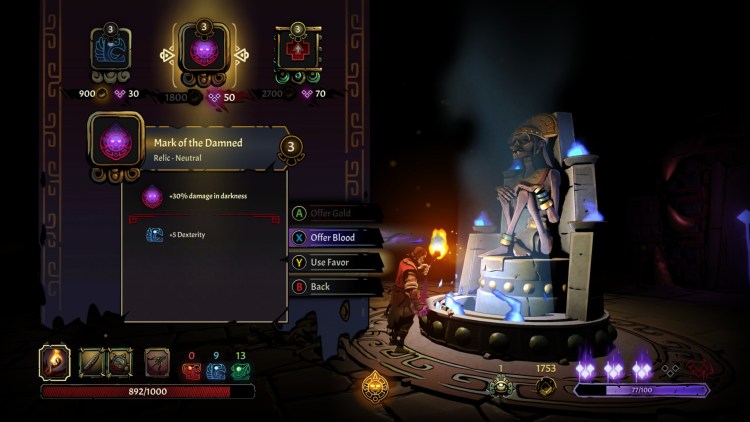
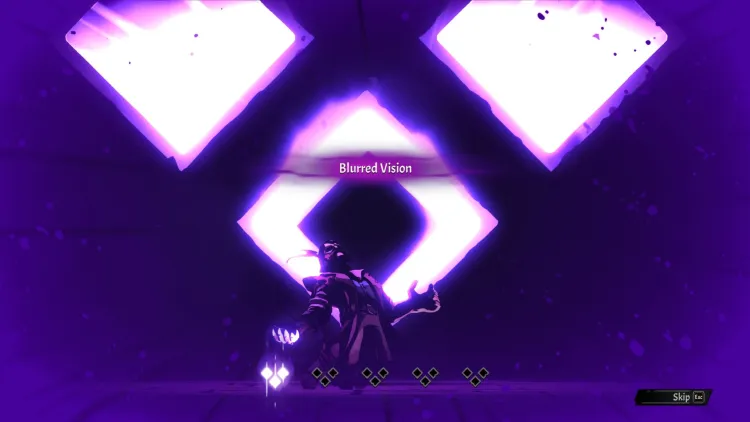
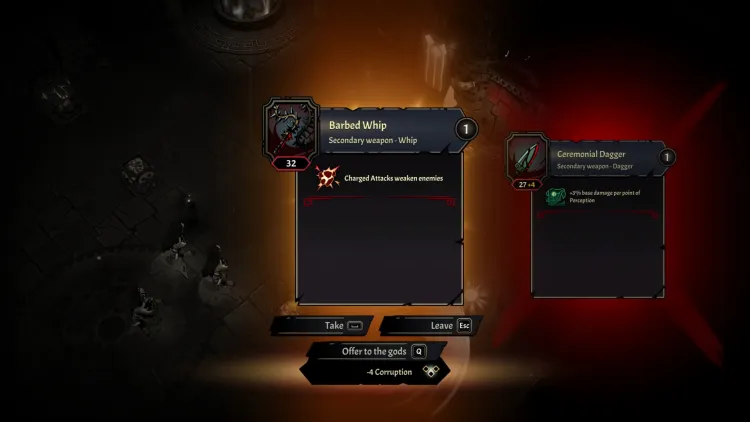
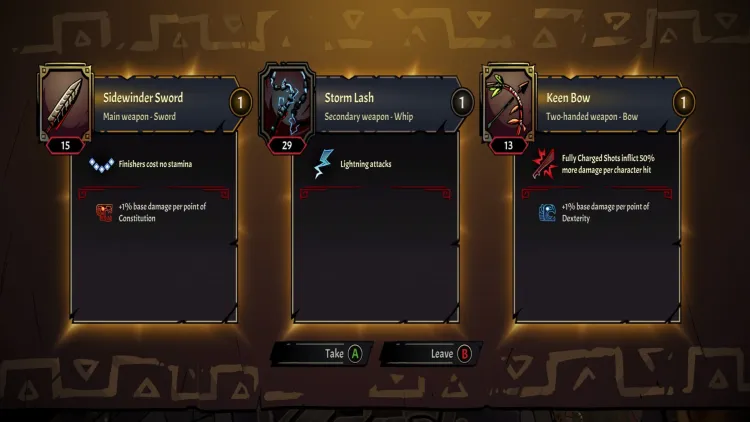
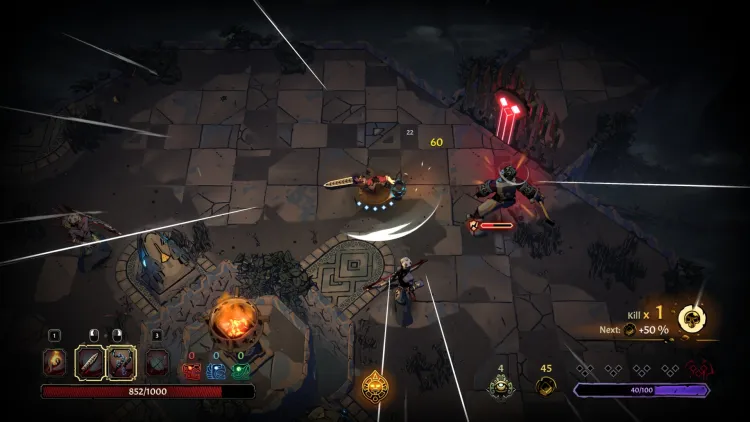
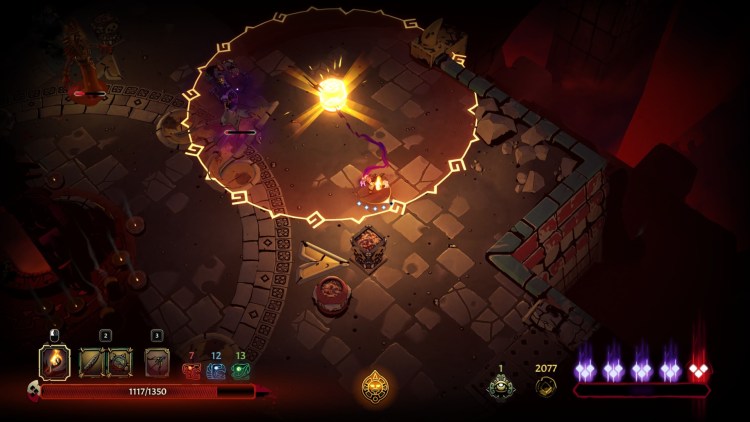
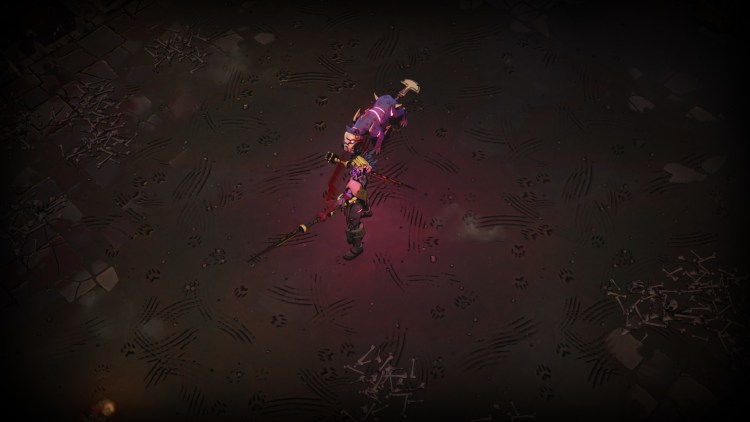
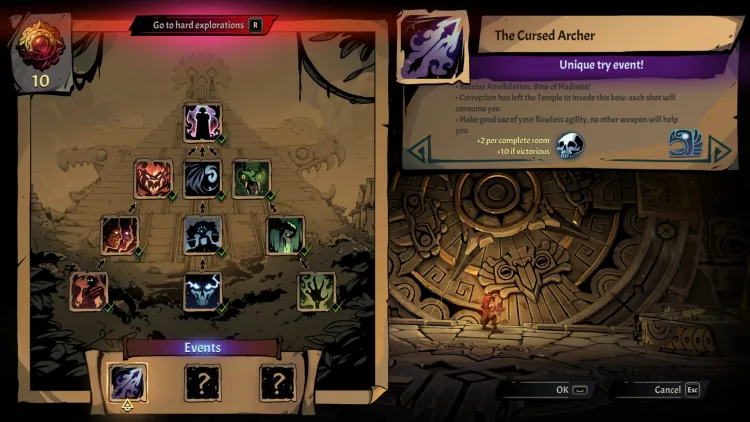




Published: Feb 23, 2021 12:15 pm